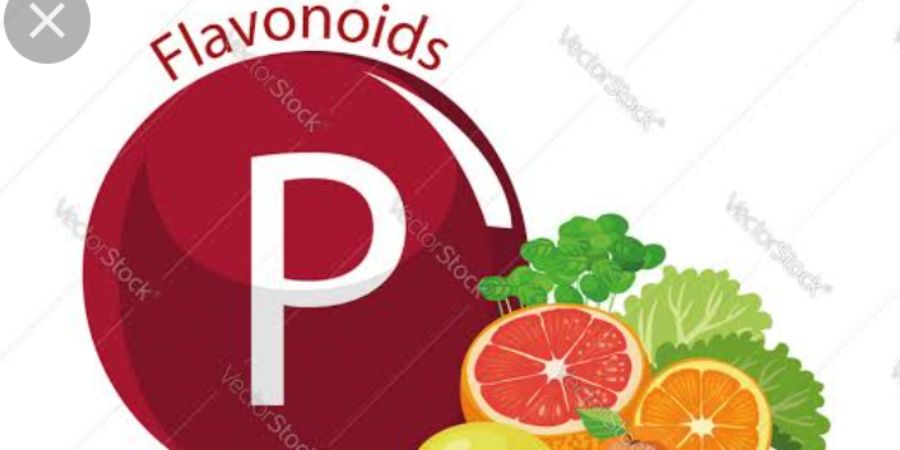

Hlo friends welcome back to our new blog. Today we discuss vitamin P.
So first of all we know about vitamin P. Vitamin P was first used as a term for flavonoids which are a family of polyphenols that are found in plants. They are not actually vitamins. They are different types of flavonoids that are present in different plants. So the name vitamin P is no longer used for this because they are not vitamins they are flavonoids.
First Albert seinz Gyorgyi to discover flavonoids when he first extracted them from orange then he thought that it is a kind of vitamin so he give the name vitamin P.
Flavonoids help plants for preventing infection, protect against sun and other environmental stress. It also attracts insects which help in pollination. They are generally found in deep color fruits like berry, cherry, tomato, etc.
Major six types of flavonoids
Flavonoids are generally found in deep color food and plants. They act as antioxidants in the body and help to protect against chronic disease.
Flavonoids have anti-inflammatory, anti-carcinogenic, and antioxidative effects as well as positive effects on the cardiovascular system.
Some flavonoids are discovered as a treatment for metabolic problems, diabetes, Alzheimer's disease, antibiotic infection resistance, and H1N1 flu.
Other than that several studies which are on cocoa flavonoids suggest that it also helps in brain health and boosts brain cells.
But keep in mind currently, there is no dietary reference intake for flavonoids. And also they are not considered essential for the human body.
High dose of flavonoids affect thyroid function and affect the level of other nutrients in your body.
Stay safe, stay healthy
Thank you 😊
